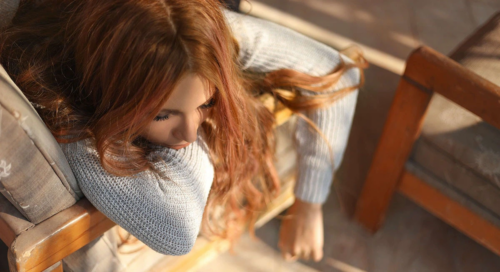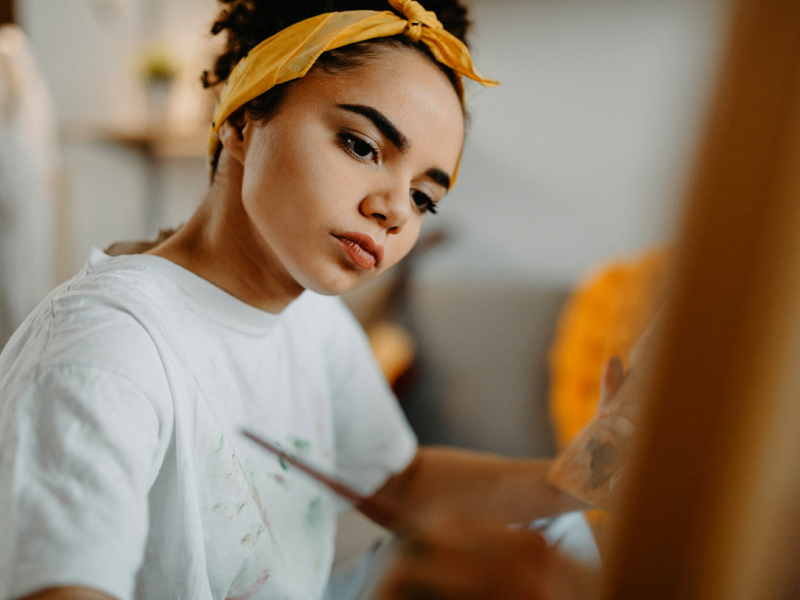
Table of Contents
What’s the Connection Between Art and Depression?
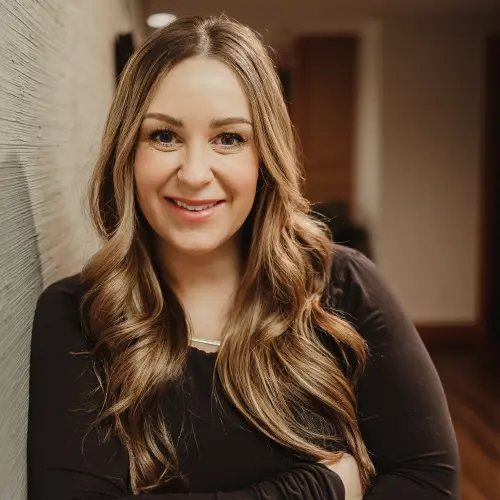
Written By: Amanda Lundberg

Clinically Reviewed By: Dr. Don Gasparini
May 30, 2023
8 min.
Although many famous artists have struggled with depression, not all great art is created during a depressive episode. With the help of a qualified mental health professional, you or your loved one can enjoy the creative process and good mental health.
Learn more about our Clinical Review Process
Table of Contents
The relationship between art, depression, and creativity has intrigued psychologists for centuries, and the relationship appears to be bidirectional. Poets, artists, and musicians express their struggles with angst through their craft, and art is a creative and productive means of therapy to improve mental health.
Here’s how the connection between art and depression may influence you or your loved one.
Join the Charlie Health Library
Get mental health updates, research, insights, and resources directly to your inbox.
You can unsubscribe anytime.
The link between art and depression
A few of the creative minds that have struggled with depression include a vast array from Vincent van Gogh, Edvard Munch, Halsey, Billie Eilish, and Ernest Hemingway to name a few. Each of these created important work in their field, and each struggled at one time or another with depression.
There are a few characteristics that may explain why writers and artists struggle with mental health issues. Some believe that to see the world on a broad spectrum, an artist must have an open mind, which in turn opens their thought process to ideas and situations most do not consider.
Other experts believe that artists have a deeper level of intuition that helps them express deeper feelings with increased sensitivity. This may make life more challenging. Additionally, some artists appear to struggle with melancholy, or a gloomy state of mind that, when habitual or chronic, is expressed as depression.
A person who expresses their deepest thoughts and emotions through artistic expression is often more vulnerable to the world and may seek to push their boundaries. At the same time, this may also raise the potential for experiencing mental health challenges.
Many artists with depression experience major depressive disorder, which is a common and serious mental health condition that has the potential to become significantly worse without proper treatment. When left untreated, depression can lead to complications that include self-harm, thoughts of suicide, substance use disorder, social isolation, and relationship problems.
Some artists believe they can not express themselves creatively without experiencing deep dissatisfaction and emotional pain. Yet, the creative brain can produce ideas and thoughts from a variety of emotions along the spectrum.
In other words, creativity comes not only from sadness and depression but also elation and joy, or a state of contentment and emotional stability. Creativity can exist exactly where the artist wants to meet it.
Although depression and mental health problems are common in artists, they are not essential to the creative process. When the experience of chronic sadness and depression becomes overwhelming, it can interfere with daily life and the expression of an artist's creative thoughts. Because depression is not essential for creativity, you or your loved one can get help for depression through skilled psychological care.
The link between depression and creativity
The notion that mental health and creativity are inextricably linked has been so prevalent that it gave rise to terms like “tortured artist.” Yet, while artists who have struggled with mental health issues are fairly well known, research linking creativity and mental illness is inconclusive.
In addition to this, the creative experience can sometimes be misinterpreted as mood disturbances. For example, an intense creative episode may be exhibited as rapidly occurring ideas and the reduced need for sleep and food, which coincidentally mimics hypomania or manic symptoms.
A 2017 study noted that the empirical evidence linking creativity to psychopathology is limited. After a review of the literature, the scientist found that the strength and pattern of the relationship between mood disorders and creativity appeared to rely on the approach the researchers used.
Research analyzing the relationship must also confront several challenges. For example, how is creativity defined, what comparison group should be used, and what's the optimal study sample? How the researchers answer those questions has a unique and defined impact on the results.
Although it appears a significant group of artists has struggled with mood disorders and mental illness, their mental health conditions may also have been triggered by how artists prefer to work. Most great artists prefer working without any distractions. This allows them to experiment, contemplate, and express their emotions. However, this can create a situation in which the artist is misunderstood. Artists who feel misunderstood may have a harder time connecting with others, which leads to loneliness and strained relationships.
People who are depressed often have a different perspective of the world than people who are not depressed, which some believe can lead to more creative ideas. On the other hand, the question arises, which came first: the ideas or the need for isolation?
One of the most dynamic poets of the 20th century was Sylvia Plath, whose life and artistic journey fundamentally illustrate this basic question. As an early teen, her work won numerous awards in national magazines, yet it wasn't until she was an undergraduate that she began experiencing symptoms of severe manic depression. Although Plath’s depression was not the result of isolation, her early work, before she experienced symptoms, was acclaimed and awarded.
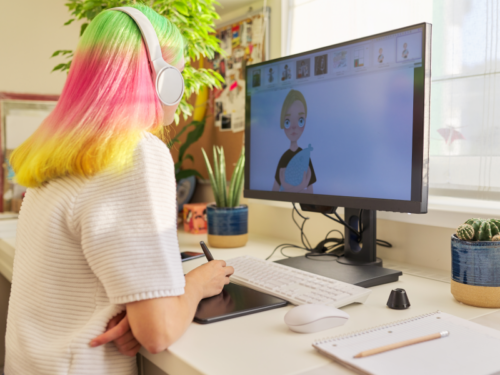
How is art good for mental health?
On the opposite side of the same coin, mental health professionals are increasingly adopting art therapy as a treatment for depression and anxiety. Art makes a powerful contribution to mental health as it is a form of emotional expression that helps people put difficult emotions into words.
Using specific prompts from a mental health therapist, art can help a person focus on self-reflection and self-discovery while giving them a sense of control and empowerment. Finally, creation encourages relaxation or is a form of mindfulness where a person finds temporary relief from their difficulty.
Art is also a form of connection and social support as it fosters engagement with others who share similar interests and experiences and gives a person a sense of community. Creative expression helps provide emotional validation and can reduce an individual's feelings of isolation.
There are a variety of mental health benefits from arts engagement and creative expression that people can find through art programs with their therapist. By helping to lower stress levels, art therapy helps address mental health challenges and promote creative thinking.
All people, even those without mental health issues, experience personal enrichment when they express themselves through artwork or see and study another person's artwork. Art is a universal language that has been used for thousands of years to tell stories, record history, and express raw emotions. One of the greatest strengths of artwork is that it is inclusive and can communicate across language and cultural barriers.
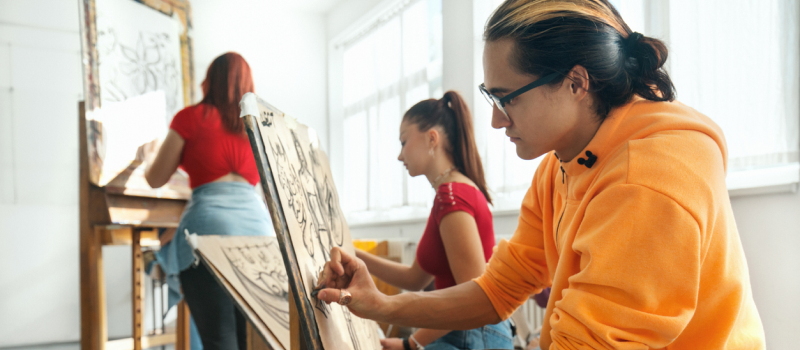
Art therapy for mental disorders
Increasing levels of isolation during the COVID-19 pandemic increased the number of people experiencing symptoms of anxiety or depression. Art as a form of treatment has dated back to the mid-20th century when World War II soldiers suffering from post-traumatic stress disorder used art therapy to process what they witnessed during the war.
Since then, the practice has grown to include children who use art therapy to deal with low self-esteem, behavioral disorders, or emotional difficulties. Therapists use art with children in interviews after sexual abuse, and cancer patients find art therapy helps address their fear and mental health issues.
It is worth noting that the benefit of art therapy for mental health issues can vary from person to person. While incorporating art into your life can be a valuable tool for personal growth and self-care, it is crucial to seek professional guidance for mental health issues such as depression or anxiety.
Engaging in art therapy with a qualified therapist can help unlock emotions and enable expression in a safe and healthy way. This helps process negative emotions and channel stress into actions that are opposed to other types of destructive or harmful choices an individual struggling with depression may make.
Creation is a hands-on process that requires focus and means a person must take a break from their digital devices. While art therapy is not a cure-all, it is an integrated approach to help individuals deal with difficult emotions.
A qualified therapist may recommend group art therapy, expressive arts therapy, music therapy, or other types of creative therapy in conjunction with cognitive behavioral therapy to help a person recover from feelings of depression and anxiety.
5 benefits of art therapy for depression
Art therapy helps an individual express their feelings, which is why it is often integrated into treatment for depression. There are many benefits of art therapy in the treatment of depression. Five of the most common benefits include:
1 Emotional exploration and expression
For children, teens, and adults, art therapy is a non-threatening process through which an individual can visually represent their experiences and feelings that they may have trouble expressing verbally. The process helps increase self-awareness and offers an individual insight into some of the underlying triggers of their mental health condition.
2 Insight and self-reflection
Art therapy encourages an individual to be introspective and self-reflective. Creating art focuses an individual on their thoughts, beliefs, and perceptions. This helps them gain a deeper understanding of themself and can reveal patterns or underlying issues that contribute to their mental illness.
3-Building resilience
Art therapy strengthens coping skills and helps individuals experiment with new ways of expressing themselves and coping with their emotional challenges. The creative process promotes flexibility, adaptability, and problem-solving.
4-Self-empowerment
Art therapy enhances feelings of self-worth and promotes self-esteem. Through the creative process, a person experiences a sense of pride, validation, and accomplishment. It provides a space to help a person counteract feelings of helplessness that are often associated with depression.
5-Social connection
Art therapy often happens in a collaborative environment with other individuals or a therapist. This provides opportunities for social connections and helps individuals interact with others who could be facing similar challenges. A sense of community and shared experiences helps reduce feelings of isolation and provides an individual with emotional support.
Art therapy is often directed by an art therapist and member of the American Art Therapy Association, which is a not-for-profit national professional association of nearly 5,000 practicing art therapy professionals. The Art Therapy Credentials Board has a strong commitment to ensuring the ethical practice of art therapy professionals by offering a credentialing examination. The credential validates an art therapist's knowledge and ability to practice ethically within the standards of certification.
Getting help at Charlie Health
If you or someone you love is struggling with depression but are concerned that treatment could blunt the creative process, Charlie Health can offer a confidential mental health solution. Through our unique Intensive Outpatient Program, you receive support from qualified mental healthcare providers you need to heal. The program offers a customized approach using groups, family therapy, and individual therapy to manage your mental health concerns and achieve lasting recovery.
Contact us today and begin your healing journey with Charlie Health.



